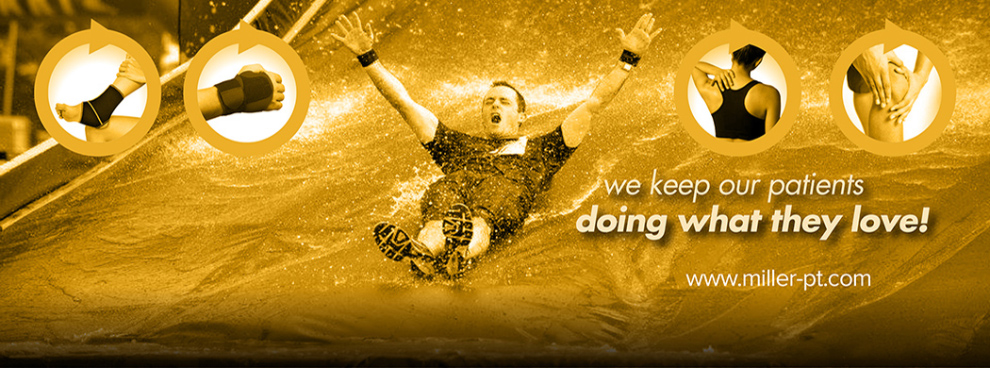Q: I was walking out to the car to take my 86-year-old father to a dental appointment when he went down. No warning at all. One minute he was up and going, the next he was down and out. He didn't fall hard, just kinda melted to the ground. Even so, he ended up with a shoulder dislocation and fracture. Doesn't it usually take more than that to dislocate the arm? Now I'm worried it will happen again.
A: The type of injury you just described is called a low-energy trauma and accounts for a large number of hip, shoulder, and wrist fractures and dislocations in older adults. The key phrase here is "older adult." Though it doesn't always mean every older adult is "fragile," many are more fragile and at greater risk of injury than we realize.
Inactivity and deconditioning are common problems among the adults 85 years old and older. In fact, the results of inactivity and physical deconditioning start to show up at a much younger age (often even in the mid-50s).
Studies show that adults 65 years old and older and especially postmenopausal women in this age group are at risk for these so-called low-energy falls. They may momentarily be off balance, their leg(s) may give out from under them, or they hit a patch of uneven ground and can't regain their balance. Down they go with potentially serious soft tissue, bone, and/or nerve injuries.
Adults in your father's age range are at risk for recurrence, reinjury, or new injuries. The best way to combat this is by remaining active. Exercises of all kinds are beneficial including getting the heart rate up a bit, strength training, balance training, and stretching or flexibility exercises.
There are many programs for our seniors to help with this. There are sit-to-be-fit and gentle yoga programs on television. The local senior citizens center, YMCA, or local gyms often sponsor low-cost (even free to seniors) exercise programs.
Your local or State Council on Aging should be able to help you locate services nearby that your father can take advantage of. His primary care physician may also be aware of ways he can participate in more programs of this type.
Physical therapists are also good resources for assessment of balance, strength, and conditioning. The therapist can offer short-term, individualized, supervised programs that can be continued at home to further assist in preventing future falls and injuries. The therapist can make a home visit and advise you on ways to fall-proof your father's home as an added feature in falls prevention.
Reference: C. M. Robinson, BMedSci, FRCSEd, et al. Injuries Associated with Traumatic Anterior Glenohumeral Dislocations. In The Journal of Bone and Joint Surgery. January 2012. Vol. 94A. No. 1. Pp. 18-26.






